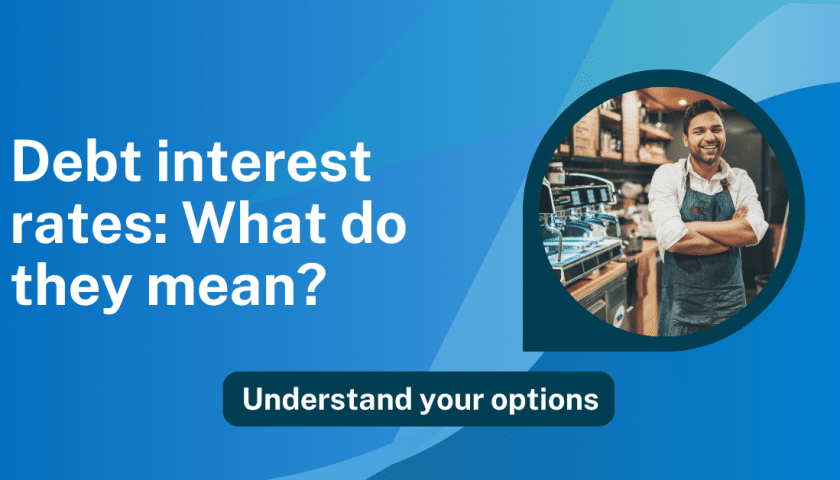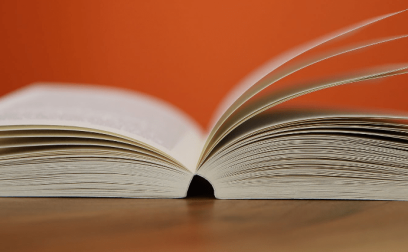Interest rates in Australia are mainly set by financial institutions such as banks, lenders, etc. on products such as car loans, personal loans, home loans, credit cards, and also deposit products such as term deposits and savings accounts. Interest rates will vary depending on the product, customer circumstances, and how competitive the provider wants its loans to be. Interest rates are heavily influenced by the RBA (Reserve Bank of Australia) cash rate. Let’s dive deeper into what the RBA cash rate is and the different interest rates it affects.
What is the RBA Cash Rate?
The RBA cash rate is Australia’s official interest rate. It increased recently to 2.6% as of 4th October 2022. The Reserve Bank of Australia influences the cash rate by decreasing or increasing the cash rate target in increments of around 0.25%. The RBA holds a board meeting every month (except January) to determine the cash rate. When the RBA decides to make changes to the cash rate, it affects huge parts of the economy and the price of various financial products. Historically, a high RBA cash rate meant an increase in interest rates on everything from car loans, home loans, personal loans, etc. A lower cash rate means the opposite.
The Different Types of Interest Rates
Australian banks and lenders offer two types of interest rates – variable and fixed rates. Each type works differently and has different characteristics. In some cases, both interest rates can combine into what’s called asplit-rate loan. For deposit products, banks can offer variable interest rates on their savings accounts and also fixed rates throughout a term deposit’s duration.
Fixed Interest Rates
A fixed interest rate is a rate that is set at a specific percentage for a particular period of time that does not increase or decrease throughout that period. An example of a fixed interest rate is a home loan lender offering potential borrowers a fixed interest rate over a period of one to five years. The borrower’s payments remain steady throughout the period.
Advantage of Fixed Interest Rates
The biggest advantage that fixed-rate loans have is the certainty they provide. If you can negotiate a great rate for your repayments, you’ll be able to properly make a budget with the knowledge on how much you’ll pay each month. You also won’t have to worry about the bank or lender raising your interest rate during the fixed term of your loan.
Disadvantage of fixed-rate loans
Even though an advantage of fixed-rate loans is that the rate doesn’t go up, it also does not go down. This means that if your lender lowers their rates for some reason, you’ll still be locked to your current rate until the term ends. Exiting from a fixed-rate loan before your term ends will also incur a “break fee” by your lender/bank.
Variable Interest Rates
Unlike a fixed interest rate, variable interest rates can increase and decrease over the course of the term. The rate increase or decrease depends on the decision of your bank or lender. Their decision can be influenced by plenty of economic factors such as the current official cash rate. This means that you could pay less or more interest per month, depending on your bank/lender.
Advantage of Variable Interest Rates
The biggest advantage of variable interest rate is its flexibility. In home loans, lenders and banks will often package variable rate loans with other extra features such as redraw facilities and offert accounts. These will allow you to transform your home loan into a normal bank account and also potentially pay off your balance faster with less hassle.
Disadvantage of Variable Interest Rates
A huge disadvantage of variable interest rate is its very unpredictable nature. It’s not possible to determine in advance how much your lender/bank will raise their interest rates. The rates have been increasing these days, this is why some borrowers are now preferring to lock a fixed rate to protect themselves from potentially paying higher interest rates in the future. With that being said, variable rate loans often start cheaper compared to fixed ones to compensate for any price hikes. You can factor this when choosing which type of interest rate is best for your circumstances.
Split Rate Loan
A split-rate loan features both variable and fixed interest rates. For home loans, lenders may offer to allow you to split one portion of the home loan into a fixed interest rate while the rest becomes a variable rate. The percentage of this split will be agreed upon mutually by both parties. A split rate loan will allow you to protect a part of your loan from increases in rates while the variable rate part of the loan can be used to take advantage of things such as redraw facilities, offset accounts, and potentially lower rates.
Navigating the interest rates can be tricky. If you would like to understand your funding and financial options better, Speak to us at Swoop today. You can also sign up and explore funding options at cheaper rates.






 yet? Register here!
yet? Register here!